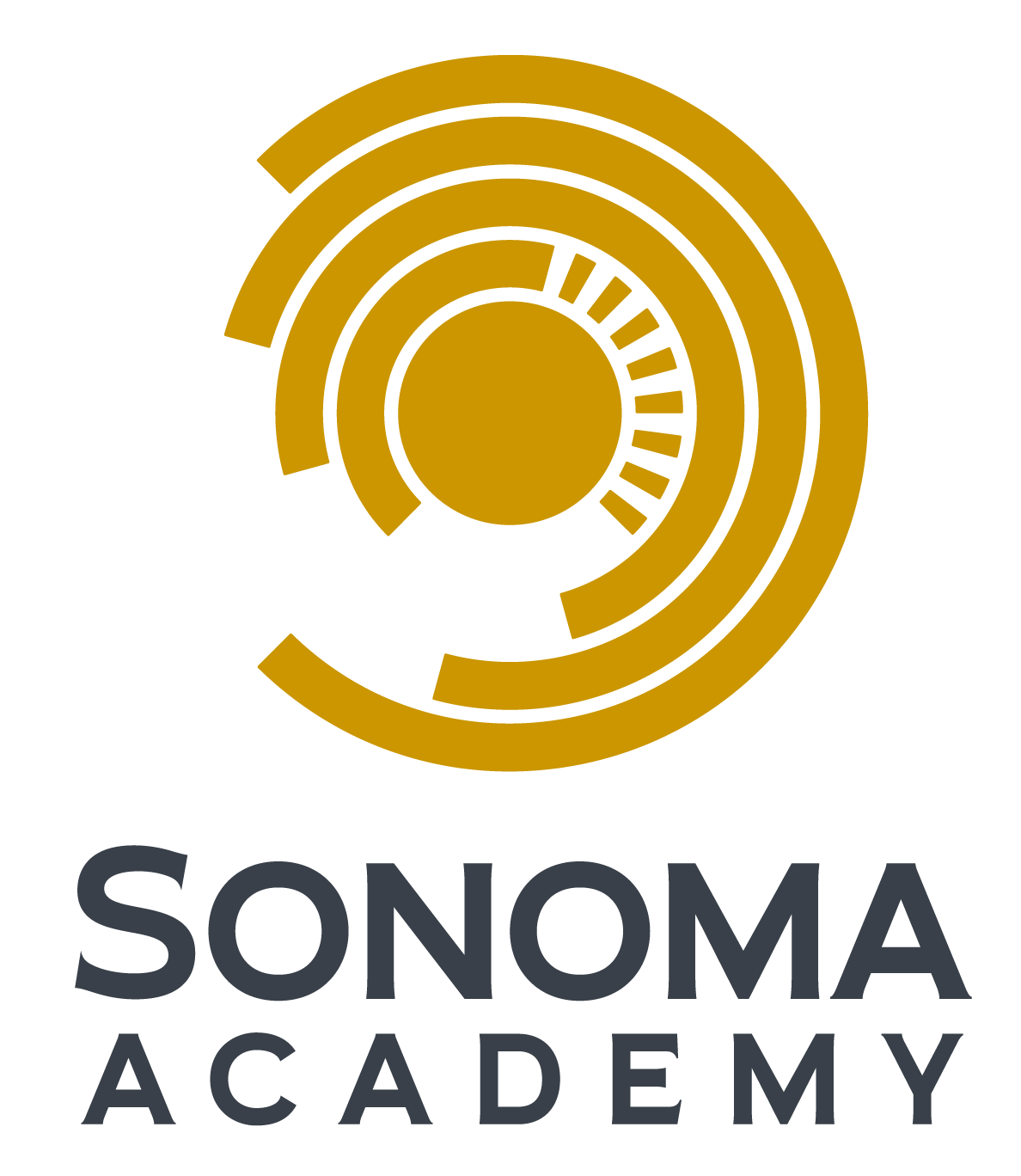MLA handbook.
Material type: TextPublisher: New York : The Modern Language Association of America, 2016Copyright date: �2016Edition: Eighth editionDescription: xiv, 146 pages : illustrations ; 23 cmContent type:
TextPublisher: New York : The Modern Language Association of America, 2016Copyright date: �2016Edition: Eighth editionDescription: xiv, 146 pages : illustrations ; 23 cmContent type: - text
- unmediated
- volume
- 9781603292627
- 1603292624
- Modern Language Association handbook
- 808.02/7 23
- LB2369 .G53 2016
- PN203 .G53 2016
| Item type | Current library | Call number | Status | Date due | Barcode | Item holds | |
|---|---|---|---|---|---|---|---|
 Book
Book
|
Sonoma Academy Library | 808.027 MLA (Browse shelf(Opens below)) | Available | 110042 | |||
 Book
Book
|
Sonoma Academy Library | 808.027 MLA (Browse shelf(Opens below)) | Available | 110043 |
Previous title: MLA Handbook for writers of research papers.
Includes bibliographical references and index.
pt. 1. Principles of MLA style -- Introduction -- Why document sources ? -- Plagiarism and academic dishonesty -- Think : evaluating your sources -- Select : gathering information about your sources -- Organize : creating your documentation -- The list of works cited -- The core elements -- Optional elements -- In-test citation -- pt.. 2. Details of MLA style -- Introduction -- 1. The mechanics of scholarly prose -- Names of persons -- Titles of sources -- Quotations -- Numbers -- Dates and times -- Abbreviations -- 2. Works cited -- Names of authors -- Titles -- Versions -- Publisher -- Locational elements -- Punctuation in the works-cited list -- Formatting and ordering the works-cited list -- 3. In-text citations -- Author -- Title -- Numbers in in-text citations -- Indirect sources -- Repeated use of sources -- Punctuation in the in-text citation -- 4. Citations in forms other than print -- Practice template.
"The Modern Language Association, the authority on research and writing, takes a fresh look at documenting sources in the eighth edition of the MLA Handbook. Works are published today in a dizzying range of formats. A book, for example, may be read in print, online, or as an e-book--or perhaps listened to in an audio version. On the Web, modes of publication are regularly invented, combined, and modified. Previous editions of the MLA Handbook provided separate instructions for each format, and new formats required additional instructions. In this groundbreaking new edition of its best-selling handbook, the MLA recommends instead one universal set of guidelines, which writers can apply to any source."--Back cover.
There are no comments on this title.

